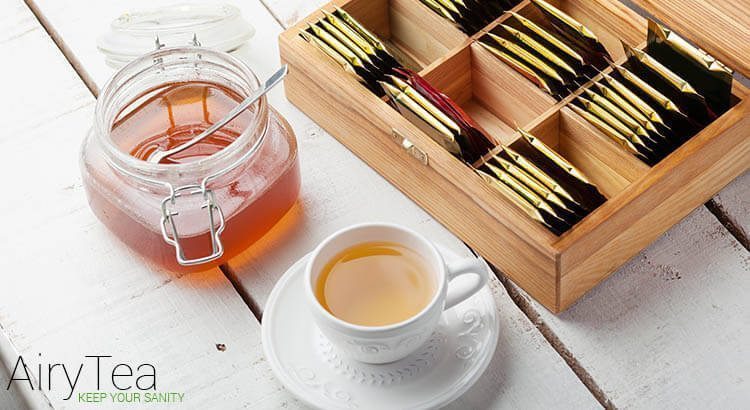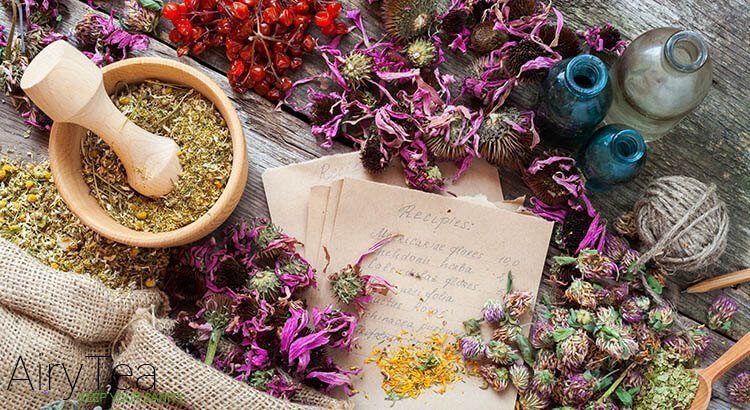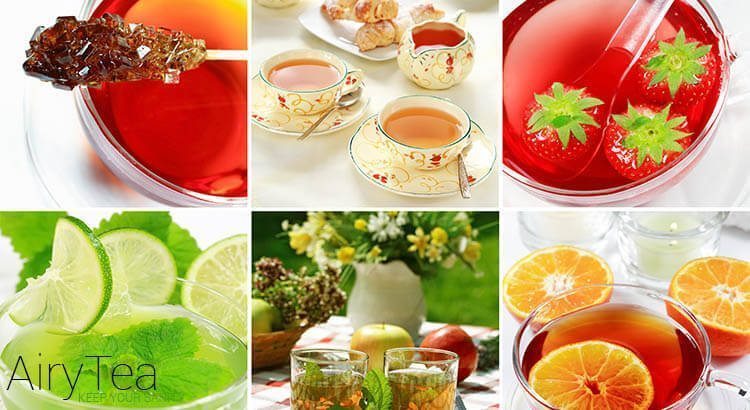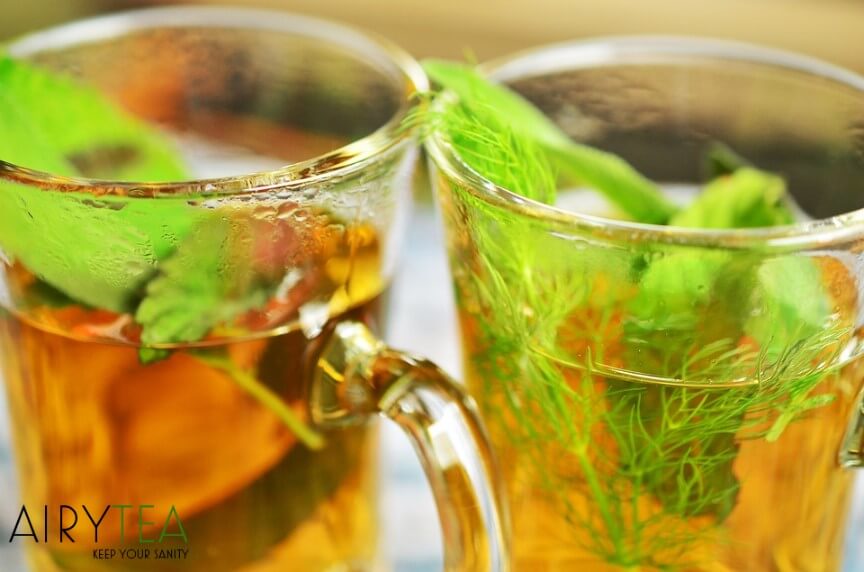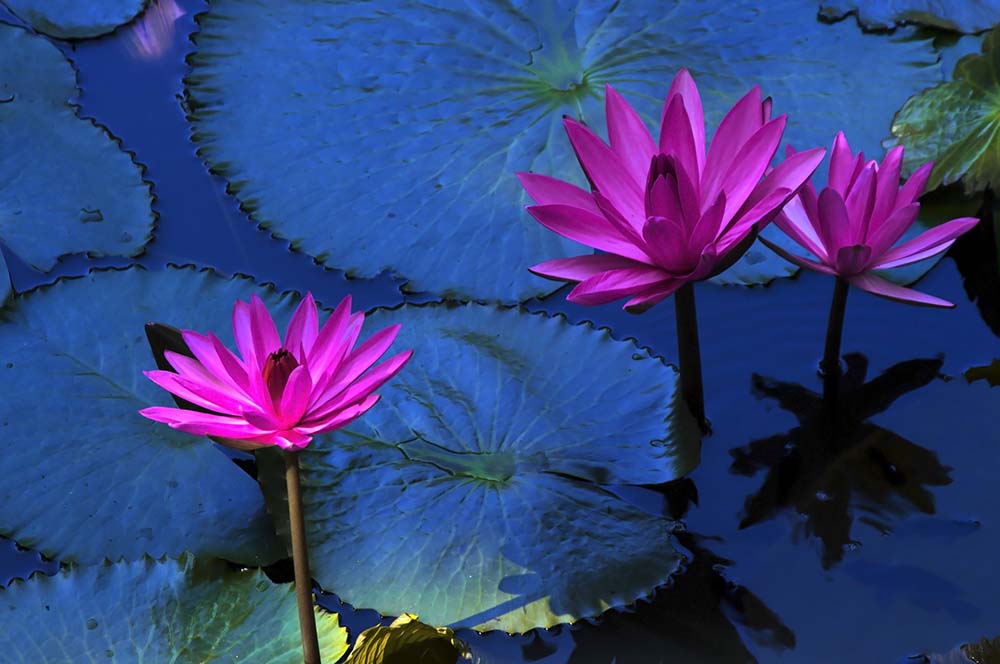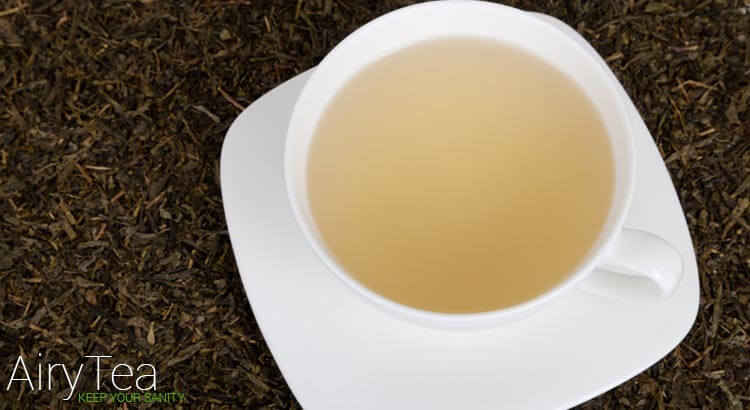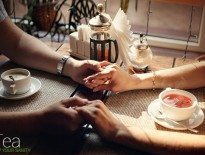Steeping is something that seems pretty straightforward and many people don’t put much thought into it. They simply add loose leaf tea to hot water and brew it for an approximate amount of time. But did you know that there is an art to it and that there are many parts of this process that can greatly influence the final result and the flavor of your tea? Steeping for less or more time than it is recommended can completely change the aroma and taste of your tea so it’s really important to get everything right.
There is also the type of water to use, the right temperature, and teapots. If you enjoy tea and the process of brewing it, then you should definitely learn the proper way to do it. There is something very calming and relaxing about steeping your favorite cup of tea and it is a great intro for drinking it.
It is very unfortunate when people buy quality tea and then ruin the flavor by not steeping it the right way. Even the smallest details can influence the final results and that’s why it’s worth the trouble to do everything right.
The tradition of making tea and different tea ceremonies have been around for centuries and people have been improving this technique over the years. We’ve learned from history and that’s why we can make a perfect cup of tea today, knowing that we’re getting the best out our loose leaf teas.
In this article, you will learn every single thing you need to know in order to make a perfect cup of loose leaf tea.

Water
Selecting the right water is very important and the fresher the water, the more you taste the delicate and complex notes of your tea. We suggest using water that is cold, low in minerals and filtered. Water that is high in minerals or hard water is not great because it makes your tea taste flat and oily.
Temperature
It is crucial to use the right water temperature for the different types of tea. Some tea, like white and green are best infused at lower water temperatures. If you use overly hot water with those teas, you can damage the tea leaves, resulting in a bitter cup of tea. However, other teas, including black and herbal need water that is boiling hot to properly extract all of the flavor.
The Chinese have a term to signify proper water boiling point. When you see small bubbles that are simmering, that is the right water temperature for white and green teas. If you continue to let the water boil for a few more seconds, you see a set of pearl like bubbles. This is the right temperature for oolong teas. Wait a few more moments and once the bubbles start to pop, this is the optimal temperature for black and herbal teas.
Keep in mind, if you are heating water using a kettle, do not over-boil your water. As soon as the water comes to a full boil, you should immediately stop the heat.
Purifying Loose Leaf Tea
If you are making black or herbal tea, you should pre-heat the teapot by swirling a bit of hot water. This ensures that your high temperature tea steeps precisely at the right temperature. If you have a glass or porcelain teapot that has not been pre-heated, when you pour boiling water, it will quickly absorb the heat and cool the brewing tea and that is not good. The tea will then infuse at a lower temperature and will not taste as good.
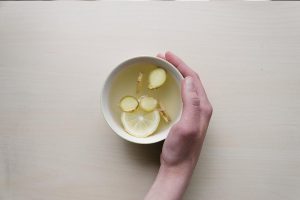
Tea Leaves
To select your leaves, you should learn about the relationship between fermentation and caffeine content. These traits help distinguish between our five different tea varieties. Caffeine is related to each tea level of fermentation. White and green tea leaves remain unfermented so they contain a low level of caffeine. Oolong, as well as black tea, is both fermented for varying amounts of time, creating medium to high levels of caffeine. Herbals are not made from tea leaves and so do not have any caffeine in them.
Having selected your tea, use one teaspoon of tea leaves tea per cup of water. For example, a two cup teapot requires two teaspoons of tea leaves. A four cup teapot requires four teaspoons.
When you finish preparing the tea make sure the tea tin lid is tightly closed. Tea leaves teas are stored in custom airtight, food safe tins to protect the precious leaves inside. Store teas and herbal infusions in a cool, dark, dry, and low humidity place. Never store your teas on top of a hot surface such as an espresso machine or a coffee maker.
Tea Rinsing
Ideally, you should always rinse the tea leaves by pouring a little hot water over them. Swirl it and discard this wash. This removes any small pieces of dust and coaxes the leaves for steeping.
Tea Steeping Times
Pour the appropriate temperature hot water over the tea leaves and steep for the specific instructions for each tea variety. You should steep white and oolong teas for three minutes, green tea for only one minute, black tea from two to three minutes, and herbal teas require five minutes.
Although these are general steeping times, each individual blend has specific instructions listed on their web page or on the packaging. This is the most important technique. The difference between a perfect cup of tea and a bad cup of tea is often only in a few seconds. Please follow the infusion time carefully.
Steeping times are the difference between a proper balance of flavors and incorrect emphasis on certain flavor profiles of different ingredients. Although we want some tannins in order to taste the structure of a tea, if you steep tea leaves for too long you damage the leaves and it releases too many tannic acids into your cup, creating a bitter flavor. When people taste bitterness in their tea, the natural reaction is to either dilute the tea with hot water or worse, add a sweetener such as sugar or honey. This dilutes the intended flavor entirely. Instead, follow these strategic guidelines to make the perfect cup of tea.
Tea Taste Profiles
White tea is low in caffeine and high in antioxidants, and it is famous among tea lovers for its delicate yet complex flavor. It is an expensive and luxury tea.
Green tea is known for its mild and subtle taste, and it is fragrant and refreshing and often known as a superfood for its high antioxidant levels and health benefits. This is the tea that is most frequently made incorrectly by steeping too long. Green tea contains a range of greens from pale green to bright emerald.
Oolong teas are recognized for their orchid like aroma and benefits to the digestive system. With medium caffeine and fermentation, oolong tea is very prized. Oolong results in a warm brown color.
Black teas are high in caffeine and fully fermented with a full and strong flavor. Black teas have a rich bronze color.
As with wine, the flavor of the tea leaves is determined greatly by subtle differences in soil climate and elevation. Cool nights, dry weather, and bright sunny days combined provide the optimal conditions for growing tea. This type of climate forces the tea bush to use all of its energy in the growth. The finest teas come from gardens of high elevation or cooler temperatures, producing leaves with a more concentrated flavor and aroma.
Finally turning to herbals because herbals do not come from the tea plant but a compilation of herbs, spices, fruits, and flowers. They do not have any tannic acids. As such, you can steep herbals for as long as you would like as they do not become bitter. We recommend steeping herbals for at least five minutes as the longer you steep them, the more powerful the infusion becomes. When you steep herbals for a long time, they release more of the health properties into your teacup. Herbal teas have a variety of colors ranging from orange, yellow, brown, fuchsia to deep purples and gold’s.
So what did we learn? Varied steeping times depend on the tea leaves rate of infusion, oxidation levels, and water used. Blacks and oolongs present a bolder flavor with extensive steeping, while greens and white teas require a shorter steeping time to retain a mild balanced flavor. Perfecting your steeping time perfects the flavor of the delicate teas and prevents bitterness or bland flavor.
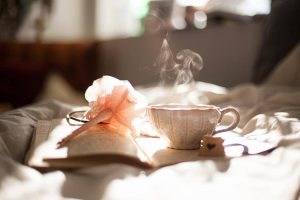
Teapots and Infusers
By using different types of teapots, you can control the infusion time. Different cultures use a wide array of teaware. Though some are more traditional than others, depending on the tea and the ceremony, each teapot can be used universally and interchangeably.
If you are using a teapot with a built-in infuser, simply remove the basket of tea leaves before serving. If you are using a teapot with an exterior strainer, you have a few choices. The first is used in some hotels where the traditional English tea is served with a teapot filled with tea leaves. There is a second teapot that is filled only with hot water. You pour half a cup of tea into your teacup and then depending on the desired strength of the tea, dilute with hot water from the second teapot. This is not a great system, and although it does have much historical significance, it is actually not recommended.
The second choice, if you are using a teapot with an exterior strainer, is to use the exterior strainer to strain off the loose tea leaves by pouring the tea into a second teapot. This is called the two teapot method. This is the absolute best way in order to make your loose tea.
If you are using a French press or tea leaves tea press, your tea will continue to steep until you gently press the plunger down to the bottom. Once the plunger is at the bottom, you will notice the tea will stop infusing. The tea is pushed all the way to the base where the water cannot easily pass through the leaves to produce more flavor. If you press down on the plunger and then decide your tea or herbals are not strong enough, simply pull the plunger back up. The great thing about a French press is that you can easily control how long you want your tea to infuse, and if you change your mind, you can simply restart the infusion by pulling the plunger back up.
Presentation
Different tea varieties can be served plain or with different condiments including sugar, honey, milk, or lemon. When you are choosing health, consider which condiments you might use with your tea. We suggest using honey instead of sugar. Lemons are also a healthy choice because they are rich in vitamins. If you like milk, try using soy or rice milk. We recommend white, green, and oolong tea to be served plain. Black and herbal tea can be served with a variety of condiments.
Now you know the perfect what to brew loose leaf teas. You can refer to this guide whenever you’re making tea. You should definitely show off your new tea-making skills to your friends, and wow them with your new knowledge. Serve the tea with pride, knowing that your guests will be enjoying the finest tea leaves brewed absolutely perfectly.


